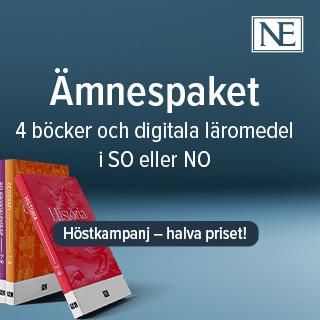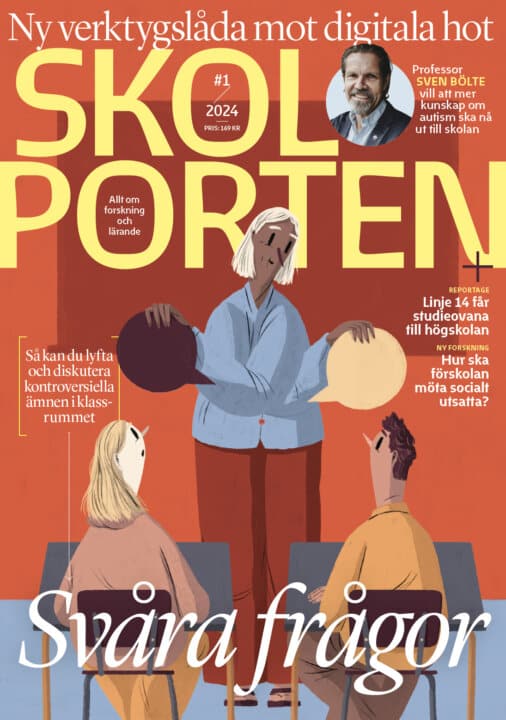Meningserbjudanden om metaforiskt språk i ämnet svenska som andraspråk i gymnasieskolan
Sonja Blomquist vill med sin avhandling bidra med kunskap om vilka meningserbjudanden undervisningen i ämnet svenska som andraspråk i gymnasieskolan ger andraspråkselever att utveckla kunskaper om metaforiskt språk.
Sonia Blomquist
Professor Eva Hultin, Eva, Professor Uppsala universitet Ann Blückert, Högskolan i Gävle
Docent Catarina Economou, Malmö universitet
Uppsala universitet
2024-10-25
Abstract in English
The aim of the current thesis is to provide knowledge about what discursive offers of meaning the teaching of Swedish as a second language gives students to develop knowledge of metaphorical language. The study has three research questions, which are answered in separate sub-studies. Sub-study I examines regulatory documents, sub-study II examines teachers’ statements about teaching, and sub-study III examines textbooks. The thesis adopts a curriculum theoretical perspective and applies a qualitative methodology.
The study is based on two assumptions: (1) that discursive offers of meaning of metaphorical language as a content can be found in regulatory documents, in teachers’ statements about teaching and in textbooks, (2) that the three sub-studies can be understood as belonging to three curriculum theoretical arenas: the formulation arena (sub-study I), the transformation arena and the realization arena (sub-study II and III). The thesis also provides an interpretive discussion of the results from the individual sub-studies and the results from the study in relation to different educational traditions within the subject of Swedish.
The material used in the study consists of the subject plan and two contextualizing commentary materials for Swedish as a second language in curriculum Gy11, interviews with nine licensed and active teachers of Swedish as a second language and seven textbooks intended for the subject’s three courses. The study is qualitative, and the materials are analysed using thematic analysis, didactic analysis and content analysis as methods.
The results reveal that Swedish as a second language can provide discursive offers of meaning of metaphorical language as a content. The teaching of the subject is largely guided by the content of the subject’s objective description, the central content of the courses and the content of the national tests in grades 1 and 3. Teachers do not address metaphorical language explicitly in the teaching of Swedish as a second language, except in two contexts: in connection with argumentation and in teaching about literary analysis.
The conclusion of the study is that Swedish as a second language has the potential to provide discursive offers of meaning of metaphorical language as a content in teaching, but this potential is mostly not taken advantage of in the teaching of Swedish L2.







